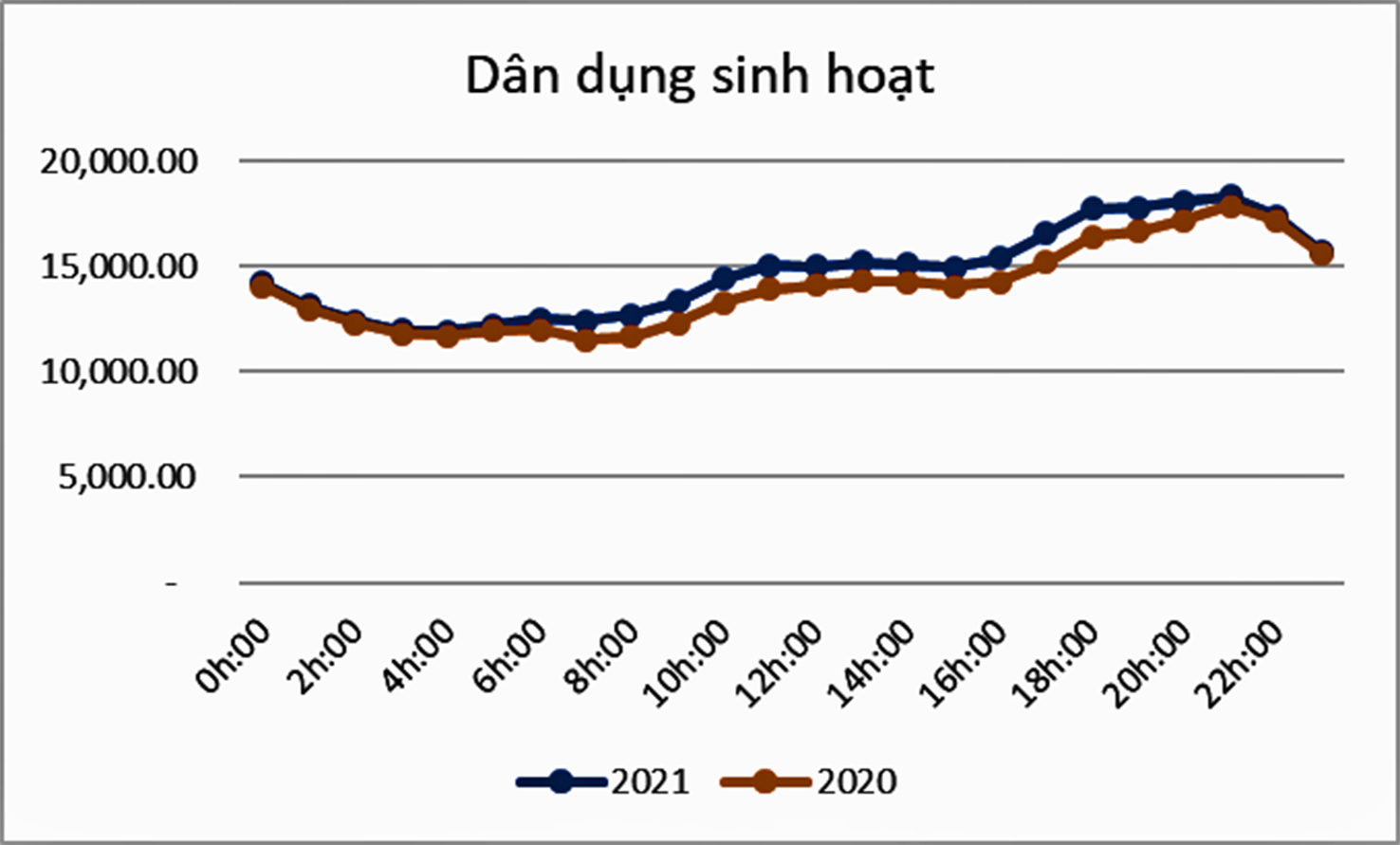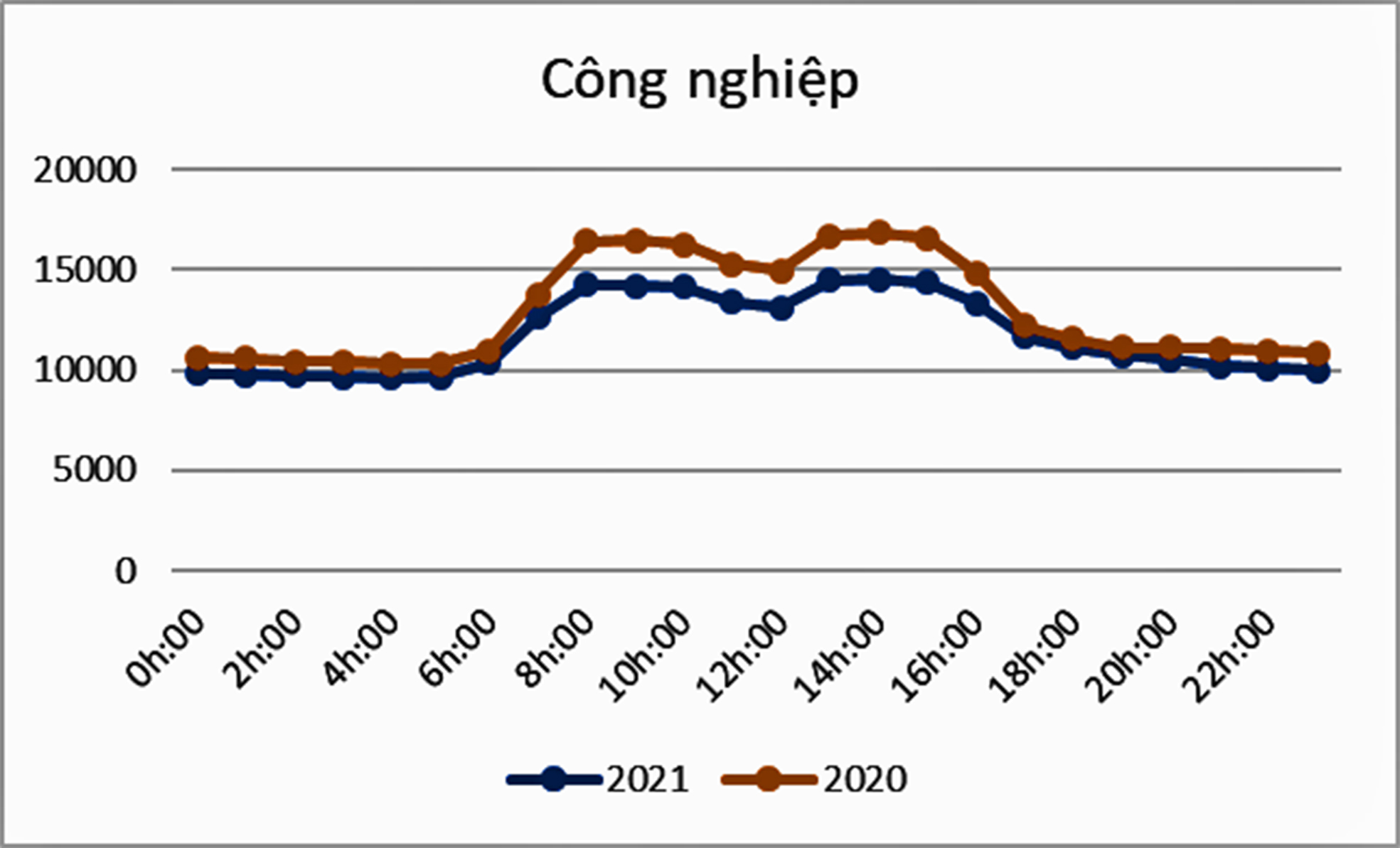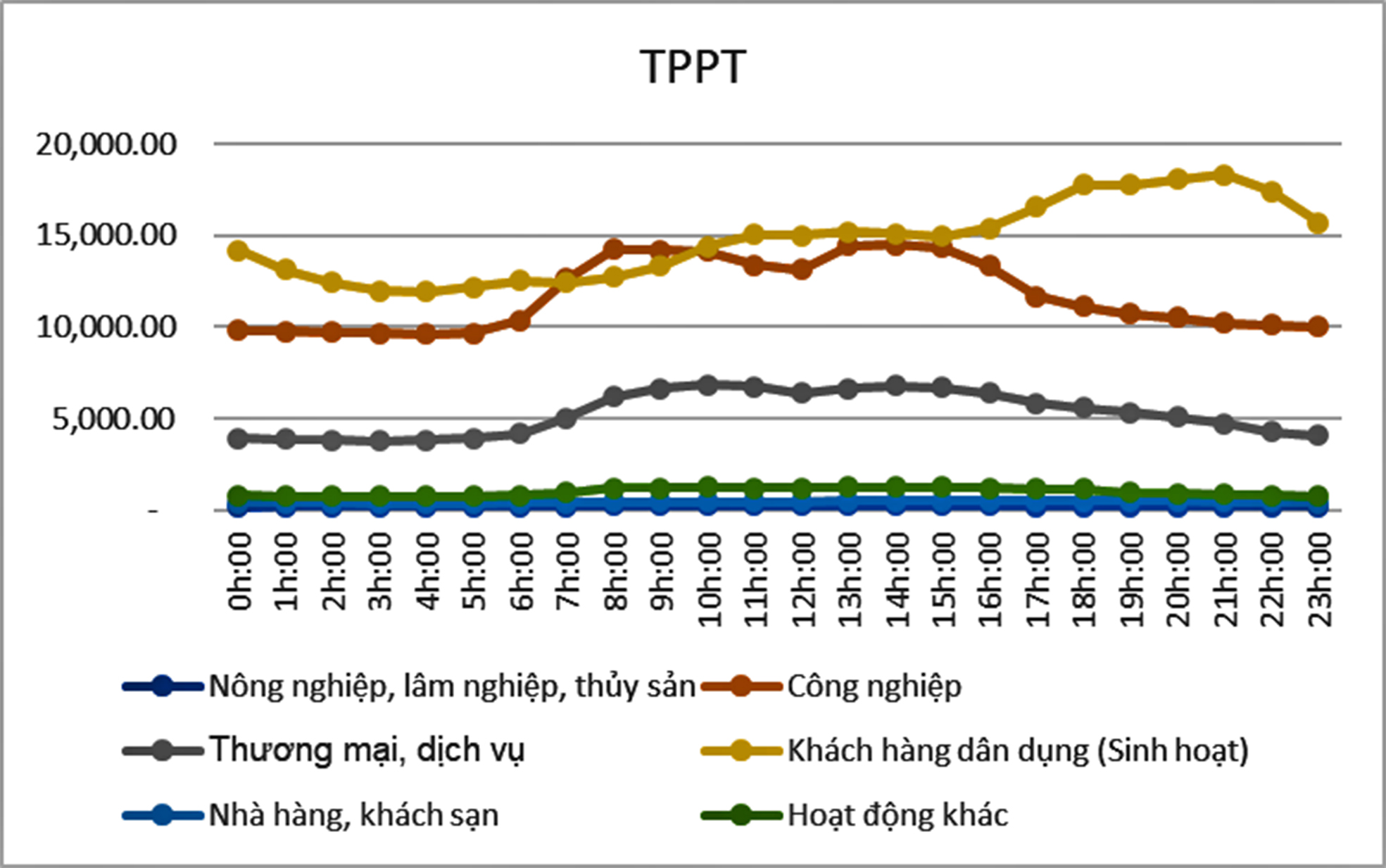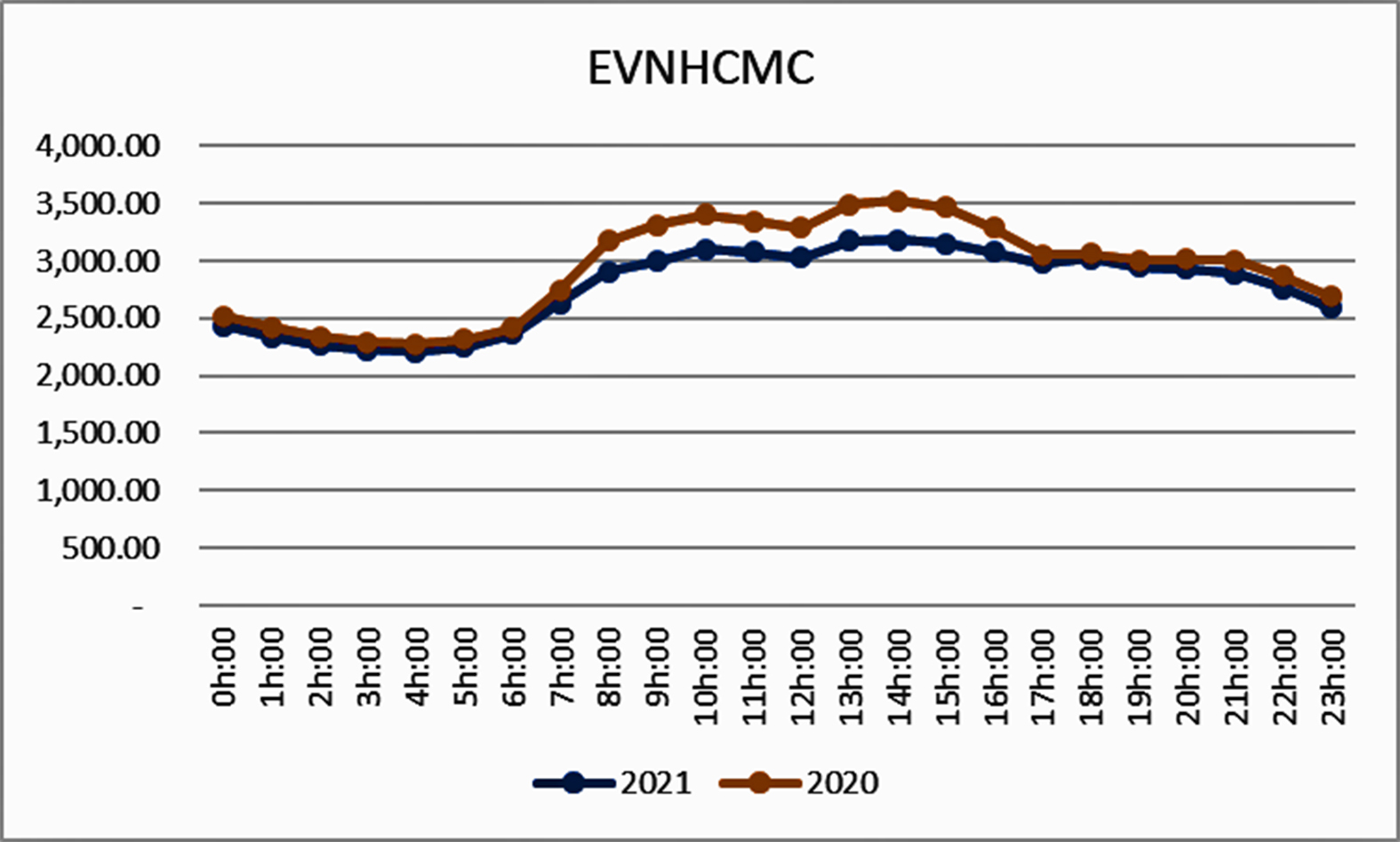Load research is the analysis of the electricity usage pattern of customer load groups. Results of this analysis would inform the assessment of business potentials, development and implementation of demand-side management and energy efficiency programs; development and proposal of a pricing scheme for electricity user groups, and provide inputs to load demand forecasting, which supports the operations of the power system and electricity market.
In accordance with the guidelines issued in Decision 16/QD-DTDL dated 28 February 2019 of the Electricity Regulation Authority of Vietnam (ERAV) for the load research procedure announced in Circular 19/2017/TT-BTC dated September 29, 2017, EVNHCMC has been collecting relevant data each year for the following year’s load research. By the end of 2020, EVNHCMC has completed the sample list of metering points for load research in which customers selected have been connected to the remote data collection system (or telemetry system for short). Data collected are the load profiles generated by electronic meters. To ensure the integrity and accuracy of telemetry data, the Corporation has developed an automated tool to collect, manage and verify meter readings, and to estimate telemetry data as inputs to be updated into the Load Research System (LRS). The tool provides additional integrated features to the deployed Itron’s LRS program, including:
(1) Connection to existing sources that provide compiled data, which minimizes time spent on data search and input. Available sources include load data generated by the telemetry system, and information and business lines of sampled customers from CMIS;
(2) Automatic analysis and verification of collected data, and estimation of data generated from incomplete monitoring cycles;
(3) Automatic monitoring of samples and providing warnings for the operators to replace abnormal telemeters without losses of historical load data;
(4) Automatic update of load data to the Itron LRS program, which reduces manual tasks.
With the mentioned benefits, the tool has greatly improved the productivity and time savings in LRS operations, limited errors in updating sampled load profile data, and helped local Power Companies and the Corporation produce timely statistics and reports according to regulations of ERAV and EVN.
The prolonged and particularly vicious development of the Covid-19 epidemic in 2021 has severely impacted the socio-economic development of the whole country, including Ho Chi Minh City. High cases from June to October, together with social distancing and lockdowns in numerous areas of the city have impaired economic and production recovery for the closing month of the year. Accordingly, the load demand from the industrial, construction, commercial, and hospitality sectors also declined significantly. Residential loads of which the majority are from urban residents, however, showed a modest year-over-year decrease.
The typical daily load curves (TDLCs) for the load type contributing highest to the power consumption structure - residential loads - exhibit deterministic influence over the shape of the TDLCs for EVNHCMC. The shape difference between the curves for residential loads and all other load components stems from the pattern of working and leisure hours of households. Due to social distancing and lockdown, the typical curve for residential load during the time frame from 6 a.m. to 8 p.m. in 2021 shows a great magnitude of divergence from that of 2020, though the shapes of these curves remain largely similar.

The graph below shows the TDLC of the second-largest load component, which is the industrial sector. TDLCs of this component exhibit minor slopes with two daily peaks corresponding with regulated working hours. The typical curve for industrial loads in 2021 is similar to that of 2020, but its peaks have diminished compared to 2020 due to the impact of Covid-19.

The TDLCs for EVNHCMC are dictated by its two major load components, the residential and industrial sectors. The graphs below show a similarity in shape between the composite TDLC and the curve for the industrial component. Peaks and low-demand hours of the EVNHCMC curve coincide with those of the industrial component and others. Due to the severe impact of Covid-19, the recovery of many productions and business establishments has been hindered, which leads to much lower peaks shown in the TDLC of 2021 compared to that of 2020.


PV
Share